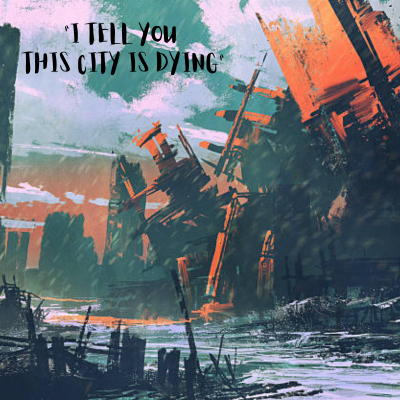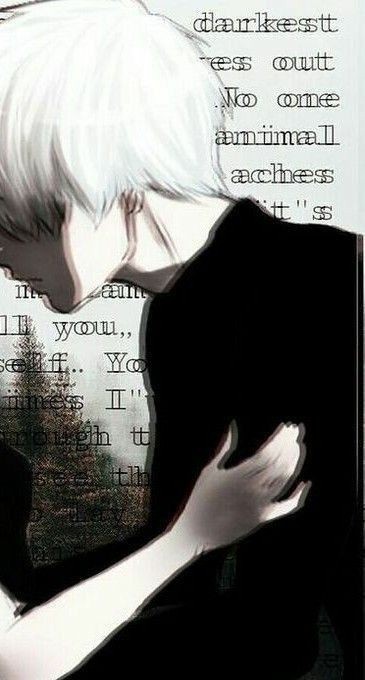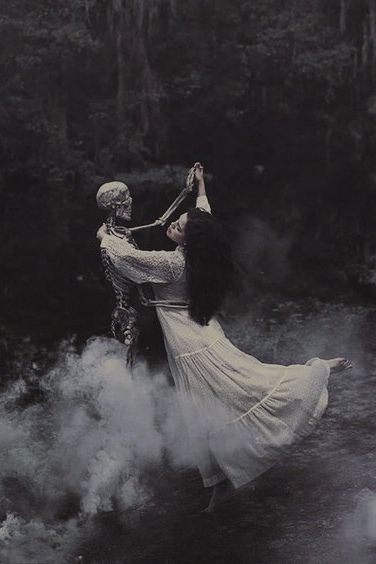I Tell You This City is Dying

I stand
Dust wears me
A futile shelter
I would be found before sunset
I tell you
This city is dying
Dying (of bustling voices)
Dying (no memories speak)
Dying (time stitched with death)
Nights hardly arrive here
Days split in between
Smoke and sun
You keep looking
It is all grey
So little of breaths
So much of haze
I turn pages
Of my diary (my only past)
Like a new light
At the edge of streets
It beams
But does not call my name
What if they hear me?
You tell me
We will be back soon
Everything
Will fit in right places
But
What if there were no right places?
And I tried fitting in shadows
What if I held emptiness?
And raised it as hope all this time
What if there was never a new light?
And I hallucinated its abandonment
You say again
It will be okay
Some day?
And I know
Home will feel so foreign
No new walls
Can replace its name



This poem is an example of a monologue, in which the speaker tries to navigate his feelings by conveying his thoughts to the audience. As to the structure of the poem, it is only fitting that it is a prose poem which complements the theme of dying and commotion prevailing throughout the poem. Another important theme which is of hope seems to hold ground somewhere towards the end of the piece, though the narrator would not believe in such hypothesis, ending the poem on a sad note. The thought of a foreign home suggests the narrator’s belief in a faraway safer place but that too would not seem to him familiar, and therefore would never be able to take the place of his present place.
The Poem is written from a modernist perspective, where every opportunity seems gloomy. The metaphor of the city shows the existential feelings that humans go through. Not even a glimmer of hope represents the broadness of light and widens the horizon. The city of joy is now a deserted place. Not even a shadow to peep through, not even a light to illuminate things. There is a huge contrast between the smoke and the sun. The sun is the face of a clear and bright environment, while the smoke engulfs everything. There is no sign of hope and a constant feeling of alienation in one’s own home. One important symbol that has been is the symbol or imagery of shadow. Shadows depict loneliness; shadows depict emptiness. A human nostalgia runs through the burnt city, where what once used to be a clear day now speaks for sunset. No voices are heard anymore as the poet turns the pages of her diary with a sense of belief that nothing can replace the feeling of home.
As TS Eliot once wrote in his poem The Wasteland,
“What are the roots that clutch? What branches grow?
Out of this stony rubbish?”
This poem effectively conveys a deep sense of sadness and desire inside a deteriorating urban landscape. A potent mood of decay and solitude is created via the use of succinct, evocative words. The word “dying” is used often to emphasise the city’s steady decay, the absence of vivid recollections, and the overpowering sense of death. The description of “smoke and sun” days and the general gloomy atmosphere successfully convey a sense of gloom and hopelessness. The poem is made more moving by the narrator’s seek for comfort in their journal, which stands in for their lone link to the past. Finding meaning and purpose in a bleak setting is a challenge that is discussed in the examination of fitting in shadows and rising emptiness as hope. The poem ends with a reflection on home and its immeasurable value, providing a clue as to the potential estrangement the narrator may experience in the future. Overall, the melancholy nature of a failing city and the unique feelings it arouses are masterfully captured in this poem.